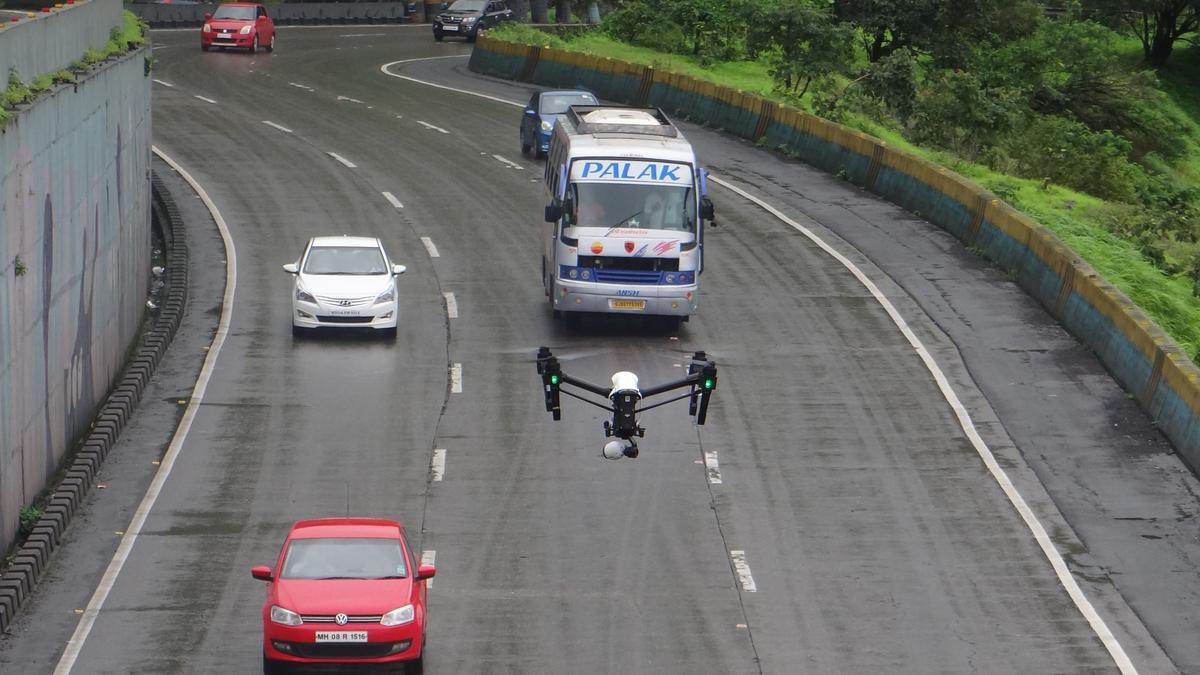The Mohan Majhi government appears to be vigorously pursuing the Godabarish Mishra Adarsha Prathamik Vidyalaya (GMAPV) scheme, aiming to bring about a quiet revolution in primary education by establishing high-quality schools that can rival their private counterparts.
The primary schools envisioned in the name of Goadabarish Mishra, a prominent freedom fighter and educationist, are not intended to replace our current education system or the State’s new education policy, but rather to serve as a complementary and supportive parallel stream.

The government has come up with the concept in response to the several challenges faced by the village schools, including inadequate learning environments , irregular teacher attendance, students’ inability to meet basic learning outcomes, and language barriers hamper the growth of the children.
“To reform the primary education system in the State, under GMAPV, suitable sites are being identified and detailed project reports are being prepared for setting up schools in various panchayats starting from the current financial year,” said Odisha Chief Minister Majhi in the presence of Prime Minister Narendra Modi in Bhubaneswar on Friday (June 21, 2025).
According to sources, sites for 300 schools, which require a minimum of five acres of land, have been identified. Under the GMAPV scheme, the model schools will come up in all 6,794 panchayats for which ₹11,939.41 crore will be spent over a five-year period from 2024-25 to 2028-29. However, sources said that finance would not be an obstacle for creating primary school infrastructure. Odisha CM is particularly keen on starting these schools as soon as possible.
In many villages, relatively affluent parents appear to be losing confidence in the quality of government-run education. They are increasingly relying on coaching centres, english-medium schools, and private institutions for tuition. When these children are compared with students from government-run primary schools, there is a stark disparity in their performance. A large percentage of students in government schools of rural areas are unable to achieve basic learning levels.
“ Due to the weak foundations established during primary education, many students struggle to cope with the demands of secondary education. A significant numberdrop out early, and their foundational deficiencies continue to affect their academic journey,” said a senior official from the School and Mass Education department. The schools will now function in line with National Education Policy (NEP) 2020.
As per the blueprint of the primary school campus, 150 to 300 students will study under the guidance of highly trained teachers, whose salary scales are likely to be higher than their counterparts in existing primary schools. Children will be day-boarders and expenditures will be borne by government.
“Teachers must understand that this is a residential primary school. They are expected to engage with both the school environment and the students, participating in their overall development so that they can meaningfully spend eight to nine hours a day in learning and interaction within the school setting,” he pointed out.
Of the 2,17,800 sq. ft area envisaged for school campus, the buildings will cover an area of 21,800 sq ft (approximately 10%). An area of 3,875 sq ft each has been earmarked for boys and girls hostels. Teachers will stay in the official quarters to be built on 3,750 sq ft area inside the campus . An assembly area and playground have been planned forthe school.
Modern features will include child-friendly teaching aids and materials such as play equipment, puzzles, and clay to support cognitive and creative development. Dedicated mathematics and science corners, a herbal garden to introduce students to medicinal plants under teacher guidance, indoor sports facilities, an open gym, and a library with a reading room stocked with age-appropriate books and resources will also be provided. Additionally, the government will arrange transportation for students living more than 1.5 km from school.
Based on the success and sustainability of these primary schools, the institute will be upgraded to secondary and higher secondary educational campus. The government plans to start schools in places far way from towns and cities and in regions affected by mining. The funds available in District Mineral Foundation (DMF) will be spend for the projects.



.png)
.png)
.png)
















 4 hours ago
5
4 hours ago
5









 English (US) ·
English (US) ·